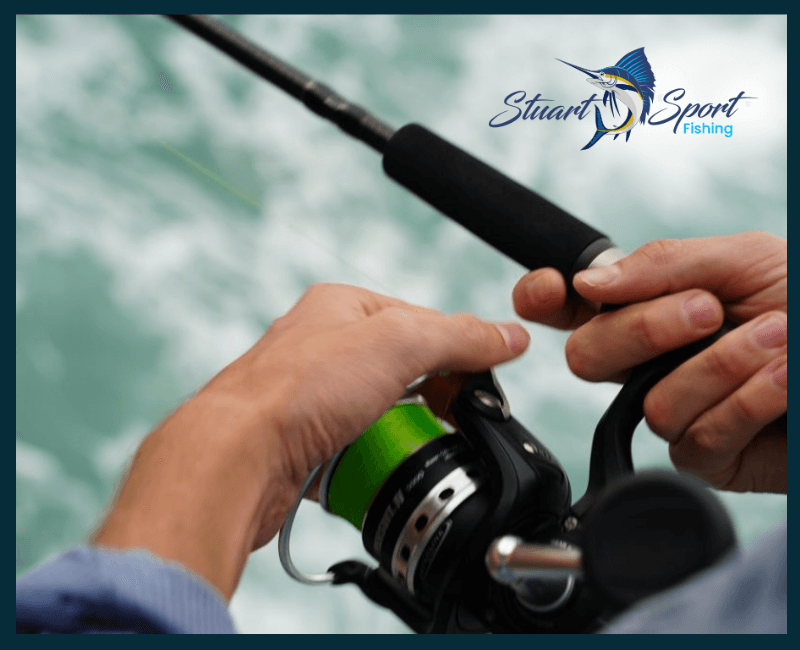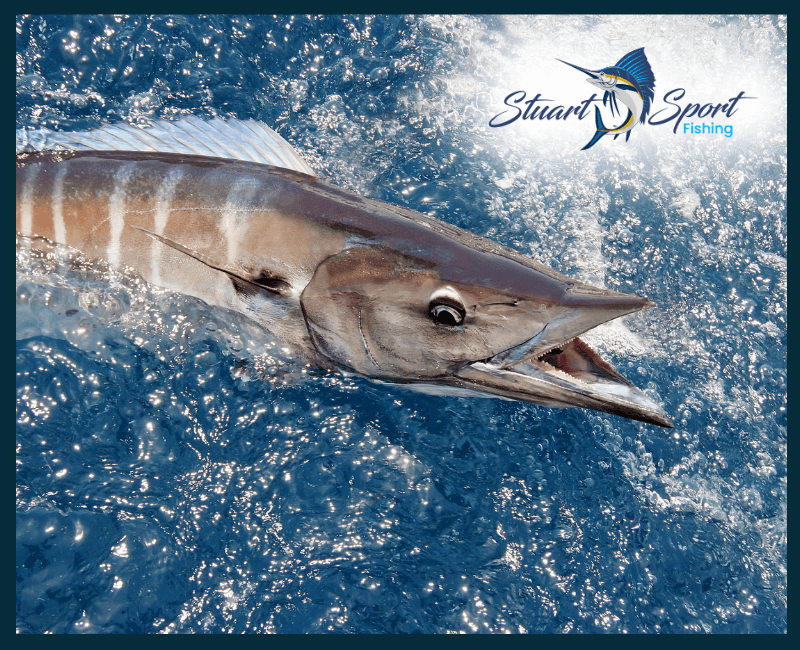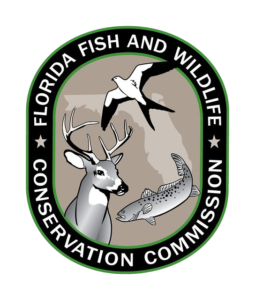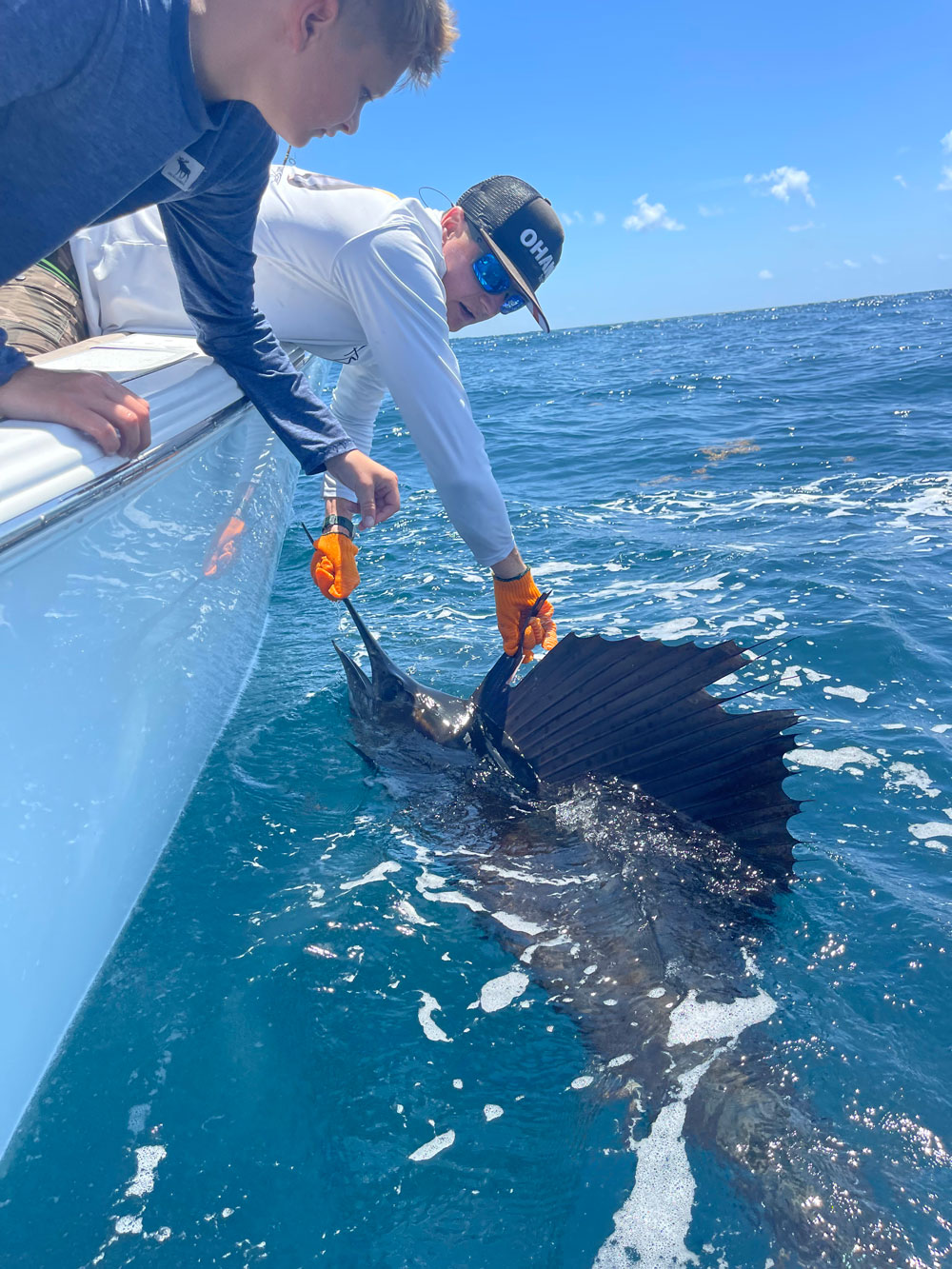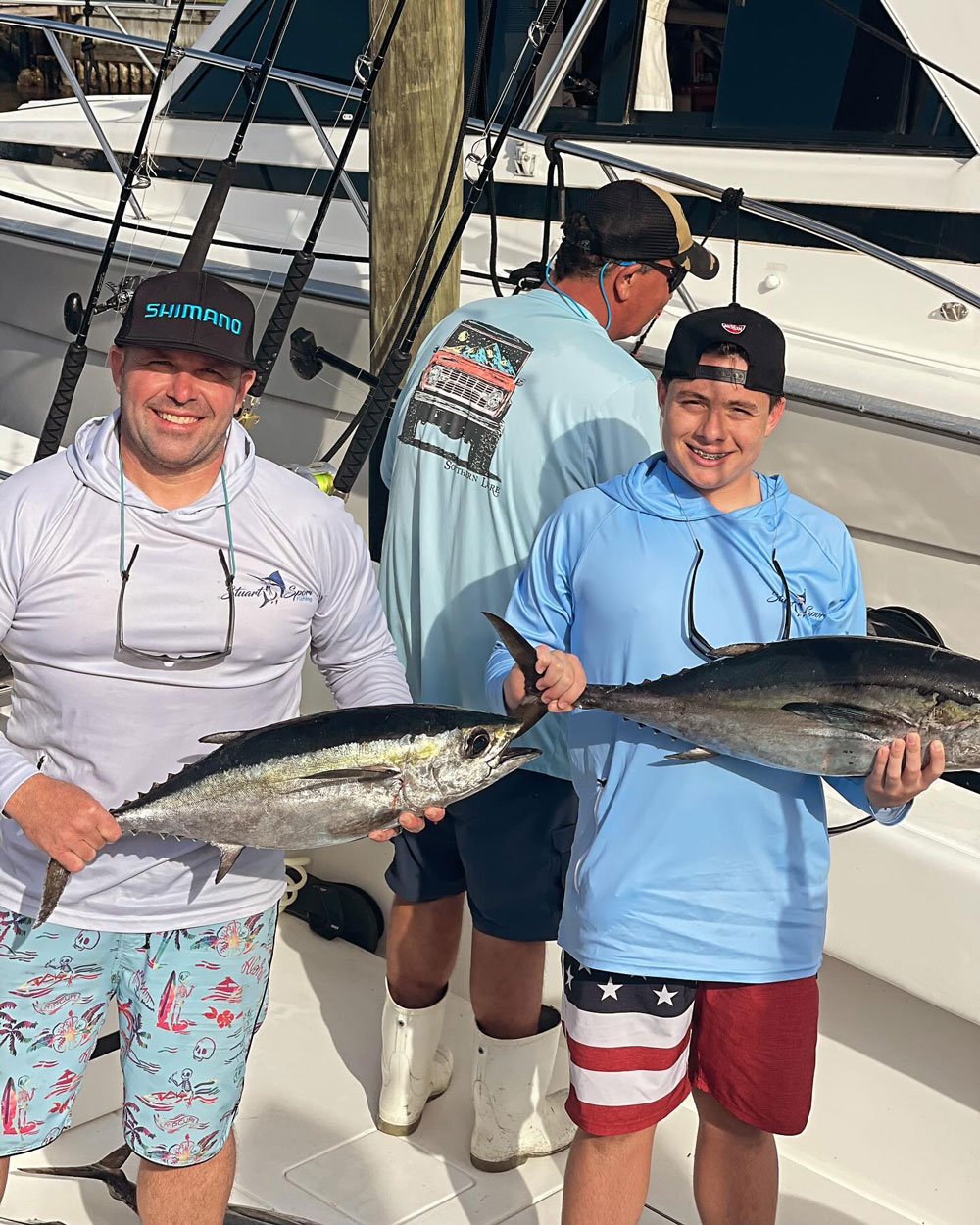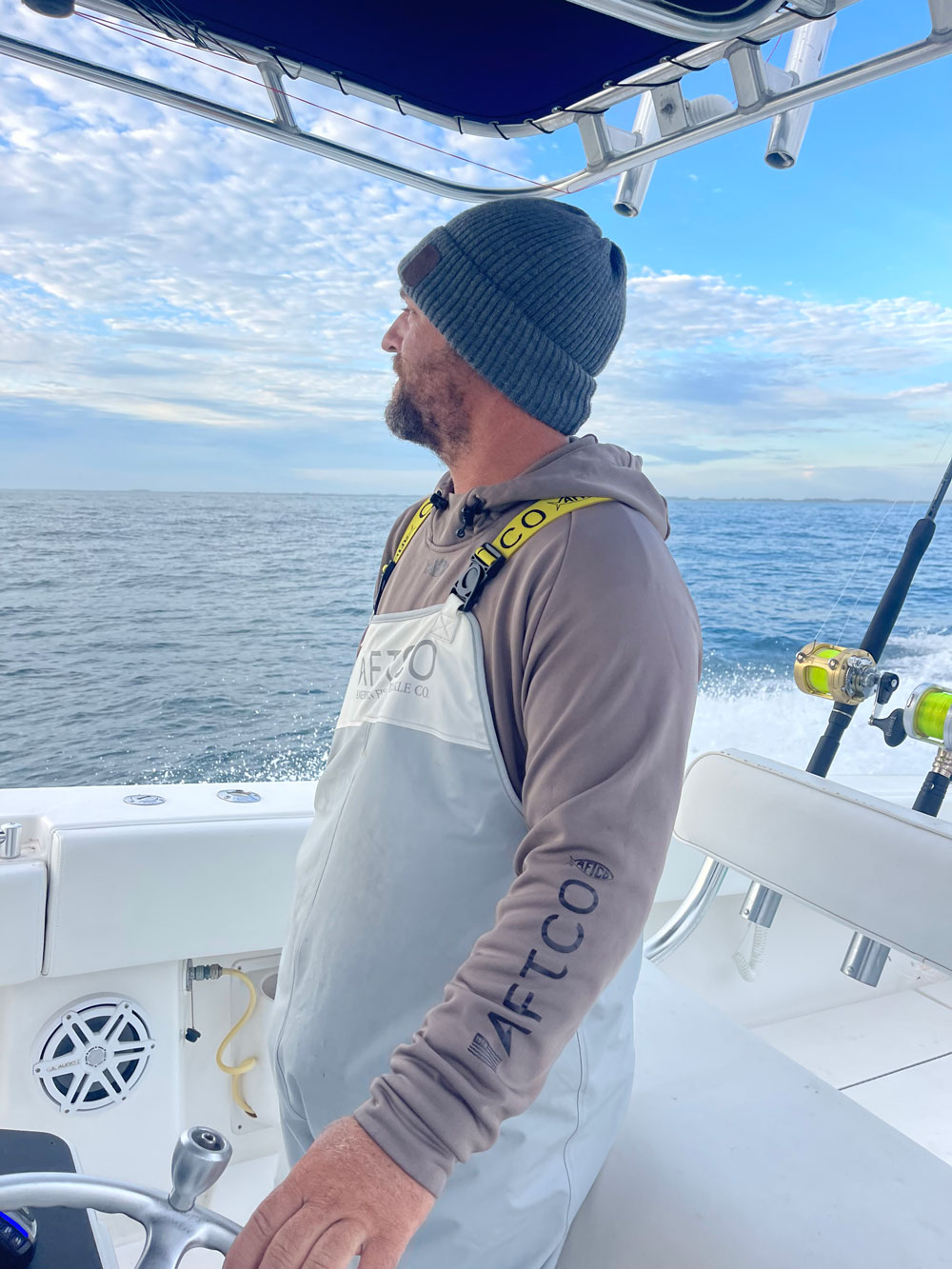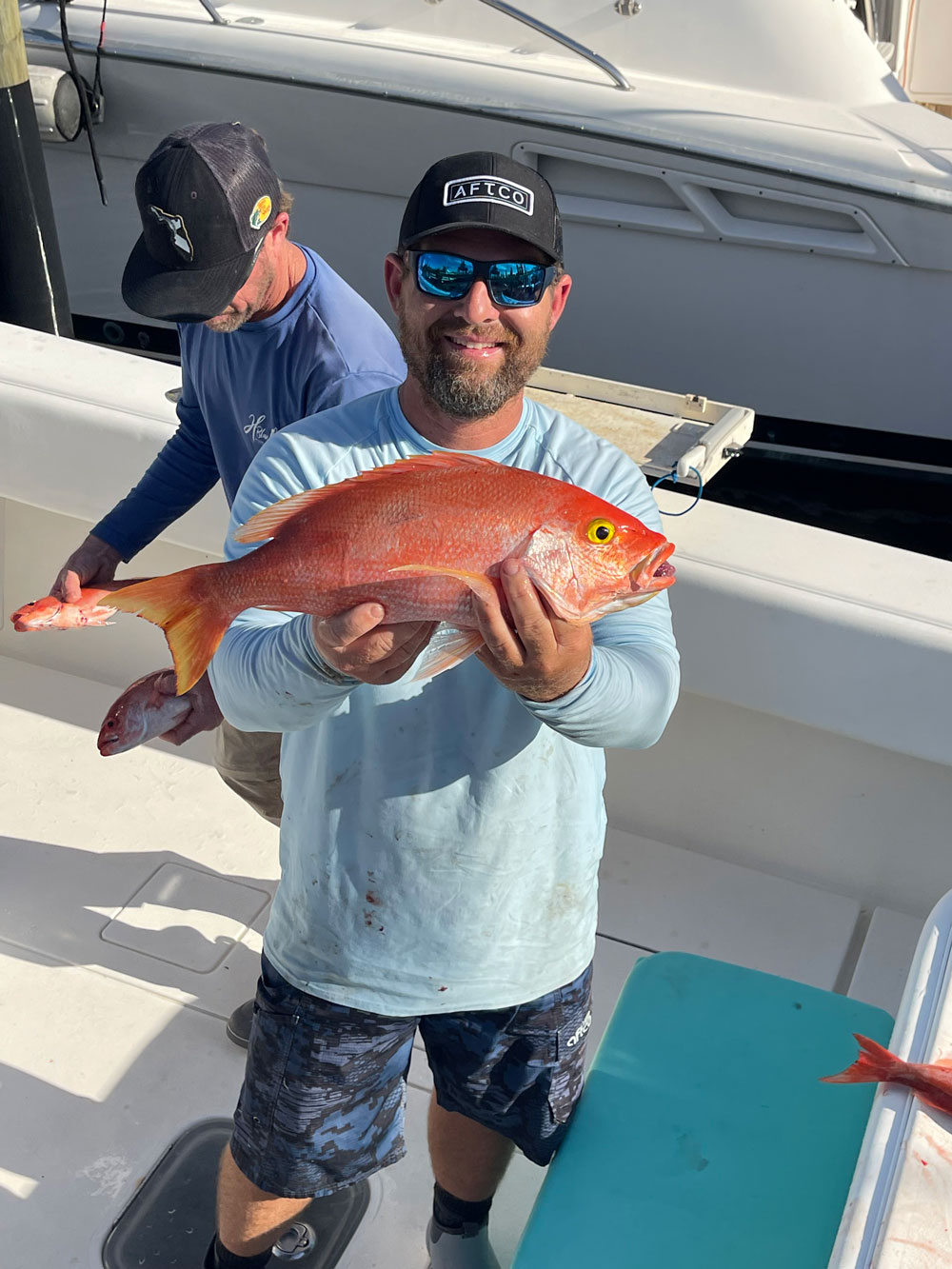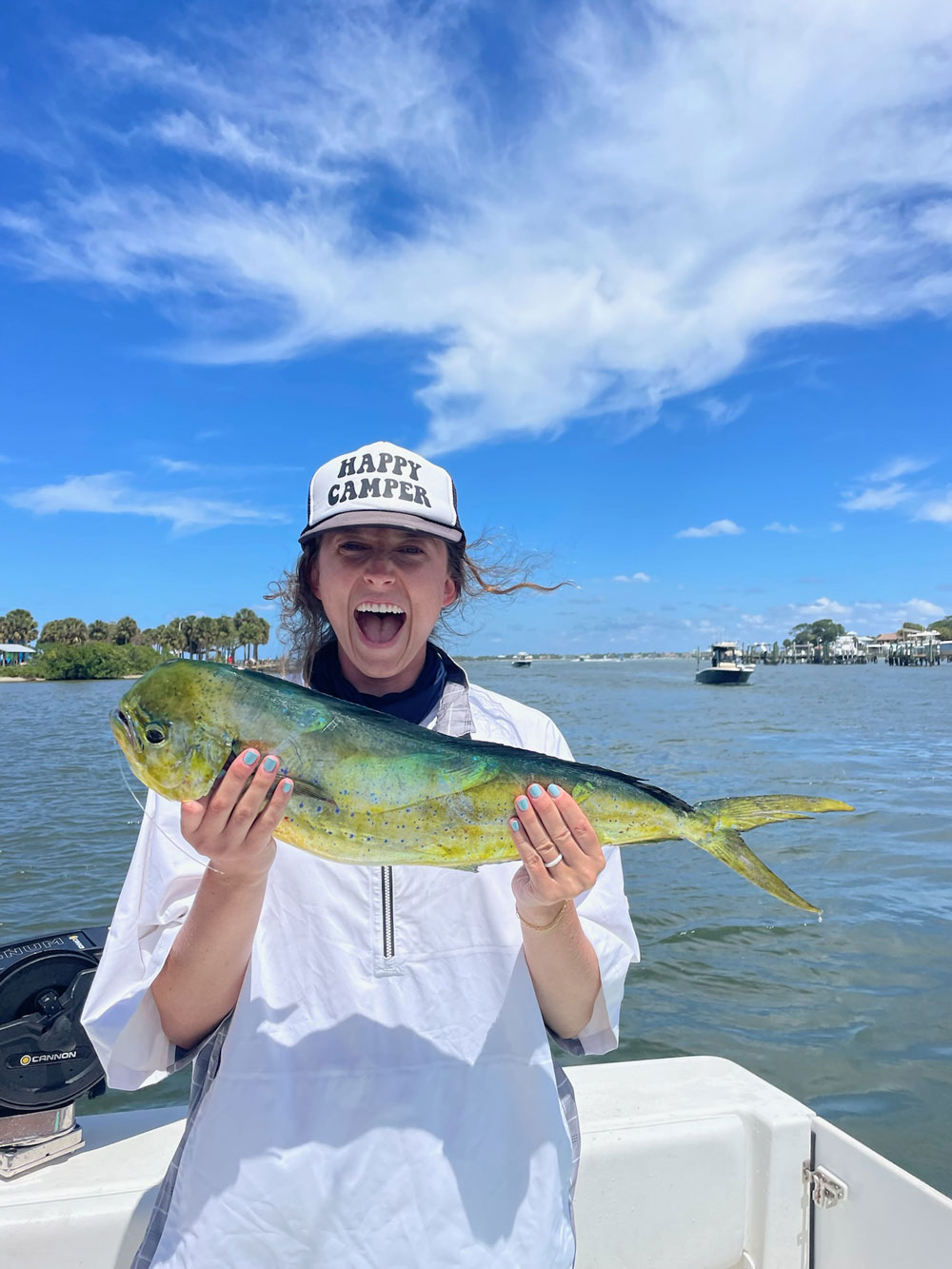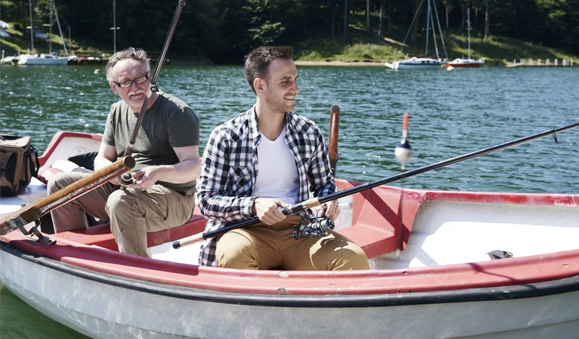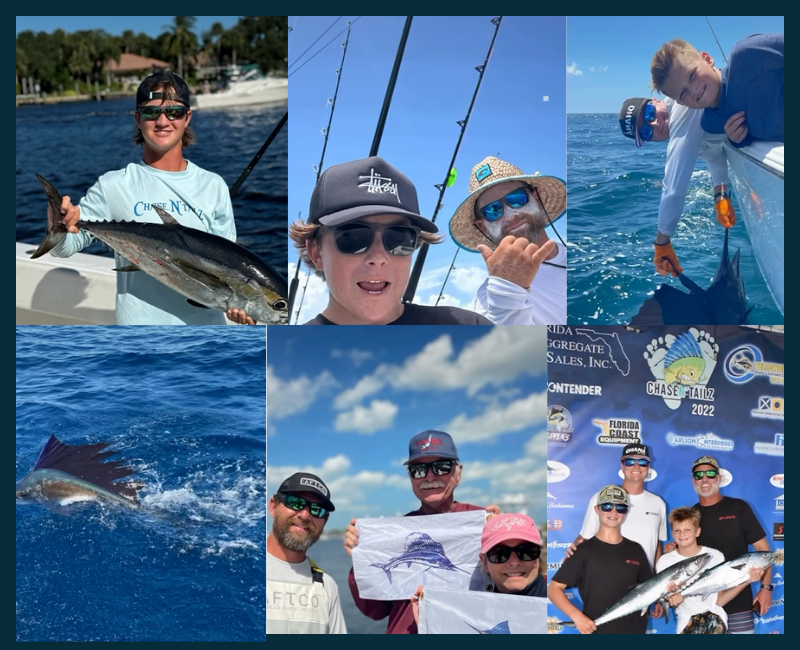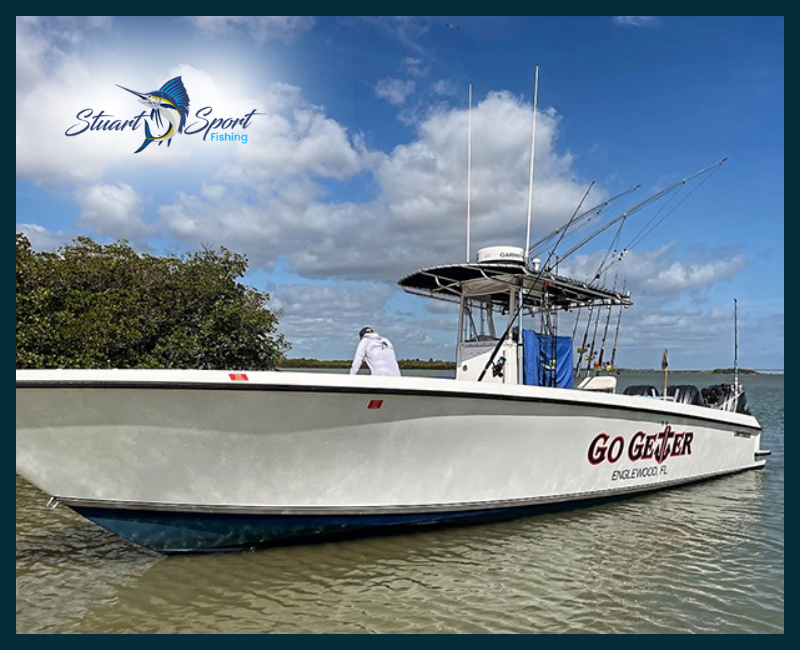The beauty of Florida fishing is that it is a year-round sport, and different times of year offer different angling experiences. Fish species migrate to the warmer waters off the shores of Florida and the Florida Keys during winter months — every outing is a unique fishing adventure regardless of the season! Mackerel are not only great fun to catch; they are tasty to eat, too! Here is an insightful overview of how to hook this species successfully.
As the days get shorter and the temps get cooler, Florida has a variety of fish that migrate from the north to our waters. With cold fronts bringing winds, fish that are great to eat, fun to catch and easy to target near shore when conditions aren’t the best are cero and Spanish mackerel. Not only are these sleek, toothy predators known for their vicious strikes, vibrant spots and sharp teeth, but their table fare is a treat from poke bowls to fish fries. But, beyond their culinary delights, mackerel are also an exhilarating catch for anglers. Their forked tails make for long runs, and they can often be leader-shy, making it challenging to target this species. This article will focus on targeting cero and Spanish macks during Florida’s late fall and winter months and what you need to get the coolers full.
CHUMMING:
Before you start, use chum to attract mackerel.
- Use multiple chum blocks in a chum bag.
- Circle your fishing area to spread the scent before anchoring.
- Stay anchored, don’t drift.
- Bring more chum than you think you’ll need. Think in terms of cases, not small boxes.
- Look for days when the wind and current are going the same direction.
OBSERVING:
- Look for birds; they’re a sign that mackerel might be nearby as they can push baitfish up to the surface.
FISHING APPROACH:
- Keep your focus behind the boat where the chum slick is.
- Constantly cast and reel. It’s a very active style of fishing.
- Use light and sporty tackle. Mackerel are small (2-6 lbs.) but scrappy.
TACKLE AND GEAR:
- Rod: 7-foot-6 spinning rod
- Reel: 3000-4000 size reel
- Line: 10 lb. monofilament, not braid
- Leader: 30 inches of 20 lb. test. Connect using a blood knot.
- To prevent mackerel from biting through your line, use a short 6-inch wire trace, not exceeding 40 lbs. If not getting bit, try using a long shanked 1/0 or 2/0 hook tied directly to 10 lb. main line with fresh ballyhoo.
LURES:
- Imitate primary mackerel forage, like ballyhoo and pilchards.
- Use patterns that resemble ballyhoo, especially when targeting on the ocean side.
- If they are not biting on ballyhoo imitation, switch to whitebait and pilchards.
- Micro jigs can also be effective, imitating tiny fish like anchovies.
- Rig multiple rods with different lure setups and leader sizes. This ensures you’re ready for any situation or mackerel preference.
EXTRAS:
- Carry leader materials in various weights (20, 30, 40, 50, 60 lbs).
- Always have spare wire and a range of lures, including those that mimic ballyhoo and twitch baits.
- Pay close attention to details and be ready to adjust as needed.
Remember, mackerel fishing is about preparation, observation and flexibility. Use chum to bring the fish close, watch for signs of mackerel in an area where birds are dipping and diving on the surface, and use a variety of lures, live bait and chunk bait to trigger a bite. With the right gear and approach, you can enjoy a successful day of mackerel fishing.
Stuart Sport Fishing takes the guesswork out of angling and adds excitement and entertainment! Join Captain Johnson onboard the expertly appointed and comfortable Go Getter, a 36′ Contender with twin engines, a deep hull design, and everything you need to make the best angling memories! You have not truly experienced offshore fishing until you go out on a charter, and Stuart Sport Fishing offers fabulous angling and outstanding service! Contact us at 949.300.4294 or join us on Facebook!


